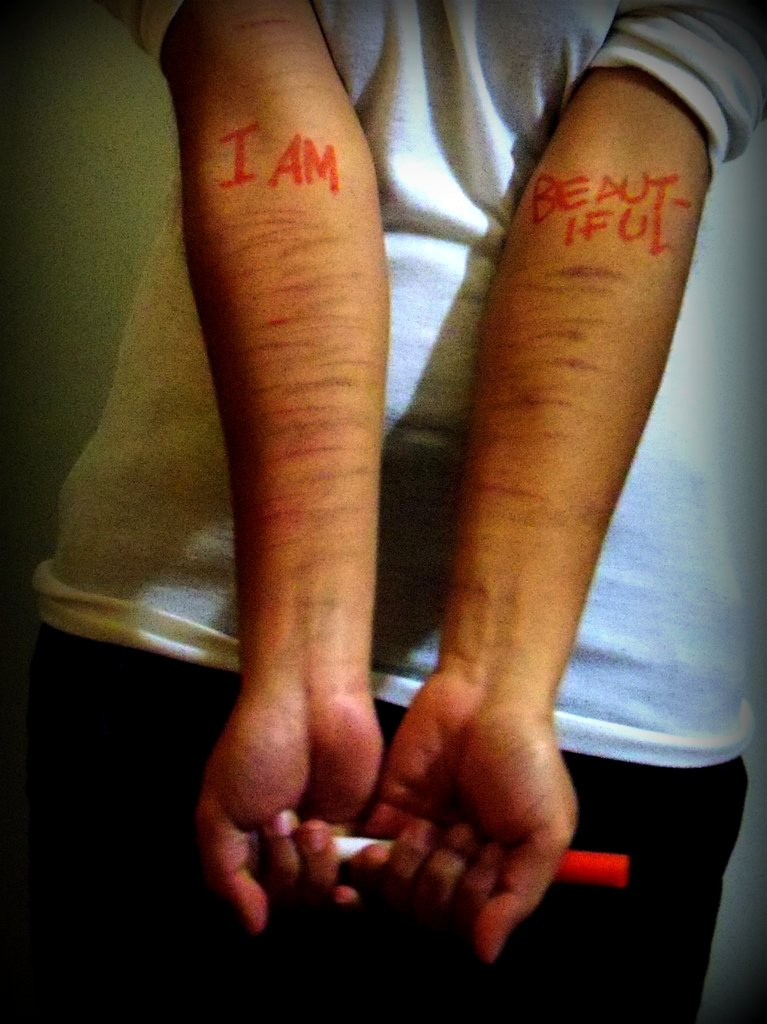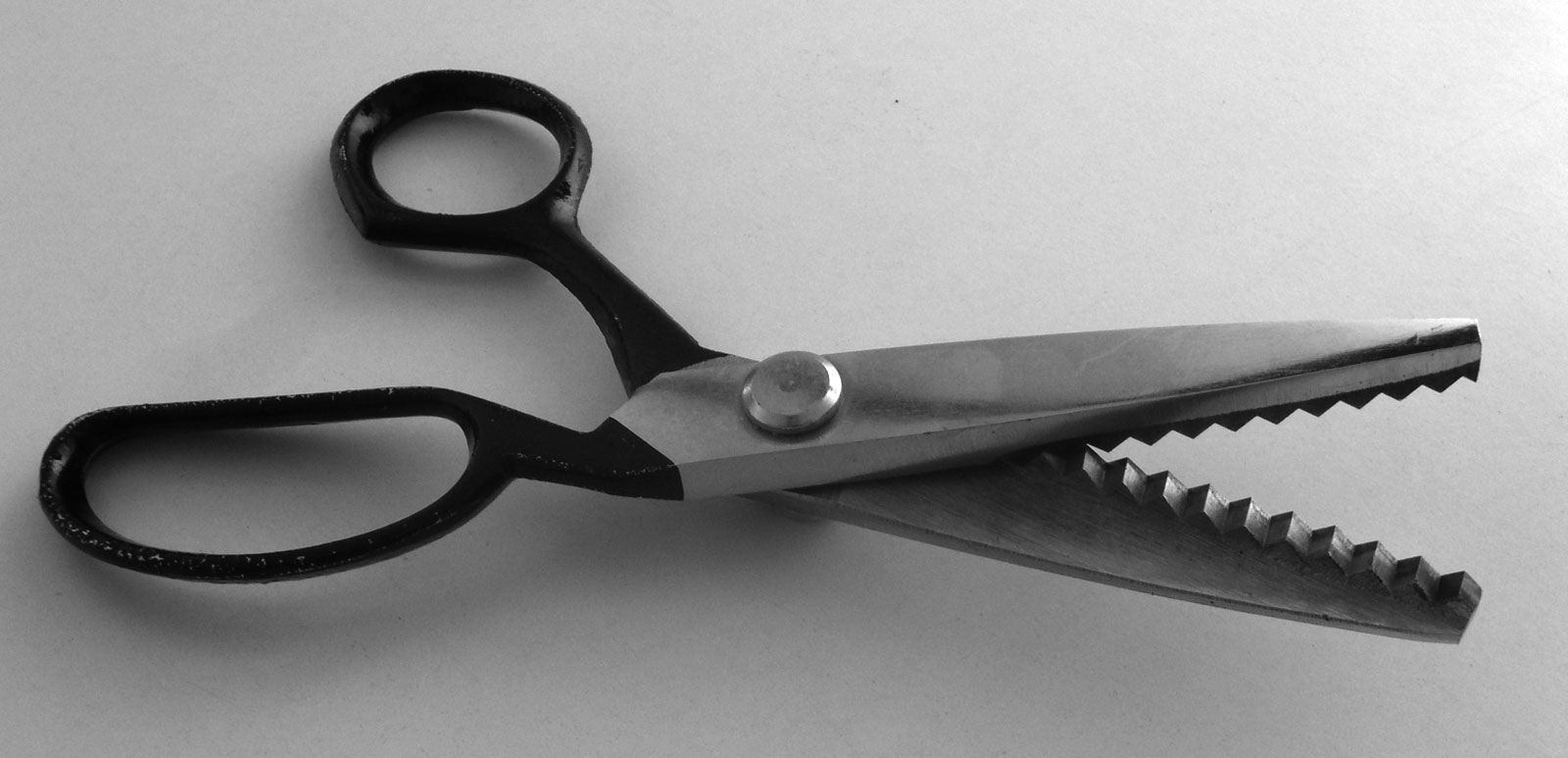In today’s world nationally and internationally, self-harm among teens has increased in awareness and it is one thing that may cause concern for you and your child.
Several studies report a prevalence of 4% up to 11% of non-suicidal self-harm practices in teens. When deliberate actions of any kind are included, that number may rise up to 18% (Child and Adolescent Psychiatry and Mental Health).
So what is self-harm?
Self-harm is when someone hurts themselves to relieve emotional pain or distress. There are many myths associated with these behaviors and many parents often do not know how to deal with these issues with their teens.
Our goal is to equip you with knowledge and resources for better coping skills and to take action to support your teen with their struggles right now.
What kinds of activities are self-harm?
- cutting or severely scratching your skin
- burning or scalding yourself
- hitting yourself or banging your head
- punching things or throwing your body against walls and hard objects
- sticking objects into your skin
- intentionally preventing wounds from healing
- swallowing poisonous substances or inappropriate objects
Self-harming is often done in secret and teens try to keep it that way. Many health professionals report watching for bloody knives and razors as well as similar objects like box cutters hidden in teen’s rooms.
Some professionals assert that tattoos and body piercings are not self-harm, but that is not always the case. It is important to take your child’s environment into consideration to discern if it is simply self-expression or part of a hidden self-harm addiction. A competent mental health professional may help with an evaluation.
What are some of the myths and facts that surround self-harm behavior?
1. People who cut and hurt themselves are trying to get attention.
Many people who self-harm do it in secret. In fact, many are ashamed by it and fearful of others knowing about it. It’s a way to deal with hurting emotions. In fact, many teens who self-harm may purposefully act clumsy, brush away injuries as accidents, and blame small cuts and scratches on cat claws to cover up their behavior. Few pay attention to why they are doing it, let alone, share it with others.
2. People who self-harm are crazy and/or dangerous.
False. Many who practice self-harm behavior are diagnosed with mental health disorders such as depression, anxiety, or post-traumatic stress. Calling people who self-harm dangerous or crazy only perpetuates negative stigmas attached to these behaviors, further isolating them from empathy and help. These are human beings with conditions- they are not the conditions themselves. Treat them how you would want to be treated and living the golden rule might get you a cookie like your mother promised. Or you might just be able to see clearly how to support and help your teen learn to deal with the emotions and trauma they are experiencing.
3. People who self-harm want to die.
Typically, people who practice self-harm do not want to die, it is their way of coping with pain. In fact, it may be their way of going on living with the pain. Those who self-harm may not realize the risk involved with cutting or burning or other forms that may become life-threatening. Others may not realize the habit-forming addictions that may develop when they start, but in general it is not something practiced to die, but to live with extreme pain and inner distress.
4. If the wounds aren’t bad, they aren’t that serious.
The severity of wounds may have little indication of how bad a person is suffering inside. Do not dismiss even “minor” self-harm- there may be more to the picture than those behaviors alone or be more going on that you are aware of. Always take self-harm seriously and watch for other signs and symptoms of related disorders.
Why is self-harm on the rise?
Is it? Or is awareness of self-harm on the rise?
This is a great debate among professionals, but all we know is, there is a large number of teens who fall under the spectrum of self-harm and this behavior may indicate other needs for care and also reflect long-term risks.
In today’s world of an increased presence of cyberspace, teens are pressured more and more socially and pressured more and more to perform in school. Stressful family situations can result with an inability to cope with life’s stresses and an increase in low self-esteem behaviors. With cyber-bullying affecting younger kids and more teens today, and with media’s growing portrayal of self-harm behaviors, many kids are discovering it as an outlet for negative emotions when they otherwise wouldn’t have known about it.
In short, self-harm is on the rise because of its growing precedence among media and the increased pressures in the world on our teens to live up to a standard at a higher pace that can definitely cause stress and low self-esteem to try to live up to.
What are the warning signs of self-harm?
According to helpguide.org:
“Because clothing can hide physical injuries, and inner turmoil can be covered up by a seemingly calm disposition, self-injury can be hard to detect. However, there are red flags you can look for (but remember—you don’t have to be sure that you know what’s going on in order to reach out to someone you’re worried about):
- Unexplained wounds or scars from cuts, bruises, or burns, usually on the wrists, arms, thighs, or chest.
- Blood stains on clothing, towels, or bedding; blood-soaked tissues.
- Sharp objects or cutting instruments, such as razors, knives, needles, glass shards, or bottle caps, in the person’s belongings.
- Frequent “accidents.” Someone who self-harms may claim to be clumsy or have many mishaps, in order to explain away injuries.
- Covering up. A person who self-injures may insist on wearing long sleeves or long pants, even in hot weather.
- Needing to be alone for long periods of time, especially in the bedroom or bathroom.
- Isolation and irritability.“
What can I do if I am worried that about my teen self-harming?
First remain calm, don’t act out of anger. Self-harm typically arises out of negative feelings about themselves, their life, or unexpressed feeling towards others. Sometimes teens may feel unloved or invisible to parents which hurts their self-worth and promotes negative behavior. If your teen is struggling with self-harm behavior, we recommend erring on the side of open communication, and letting your teen know that you are aware of it and want to help, want to understand, and to offer support.
Family therapy has proven the best treatment that works because it can help with conflict resolution, problem solving, and developing more honest, healthy communication in families.
One of the benefits of family therapy is that it can help parents learn to model healthier stress coping mechanisms for their children. Sometimes, the environment in the home can be influencing the teen’s coping mechanism of self-harm. When parents become aware of the home environment and behaviors they are modeling, it can bring help to all family members involved.
Can self-harm be indications of even more serious problems?
Because teens with self-harm behaviors often have dual conditions going on with it, sometimes more serious intervention may be needed. If you have any questions about your teen self-harming, feel free to give us a call at Eagle Ranch Academy to find out if your teen qualifies for in-patient care to prevent further damaging behaviors and to empower them with better tools to deal with the overwhelming emotions holding them captive.
Most of all, remember, if you are concerned about your teen’s behavior at all, take action.
Talk to them. Be calm. Find help. Reach out to a family therapist, engage with your teen more, and should you have any concerns, give Eagle Ranch Academy a call.





